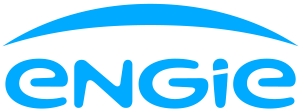Niterói, Brazil: a 30% reduction in traffic
ENGIE has installed a command center that acts on road traffic in real time thanks to hi-tech controllers linked to smart cameras in the city’s ten most traffic-dense zones. It allows traffic signals to pass from red to green without human intervention. ENGIE has also developed a modular digital platform that links the 22 closed circuit cameras, 14 variable message panels and traffic controllers using 55 km of optical fiber cables. Car drivers receive information on their journey times thanks to variable message panels connected to the social networks. This automated management makes it possible to reduce residents’ travel time, the cost of traffic signal maintenance, fuel consumption, polluting emissions and the number of accidents.
Key figures:
- 30% reduction in road traffic
- 22 cameras
- 14 variable message panels
- 55 km of optical fiber cables
